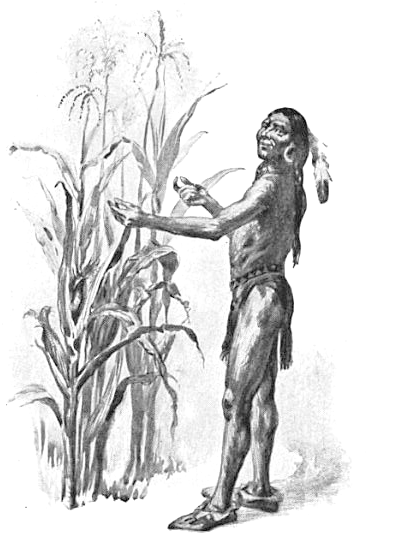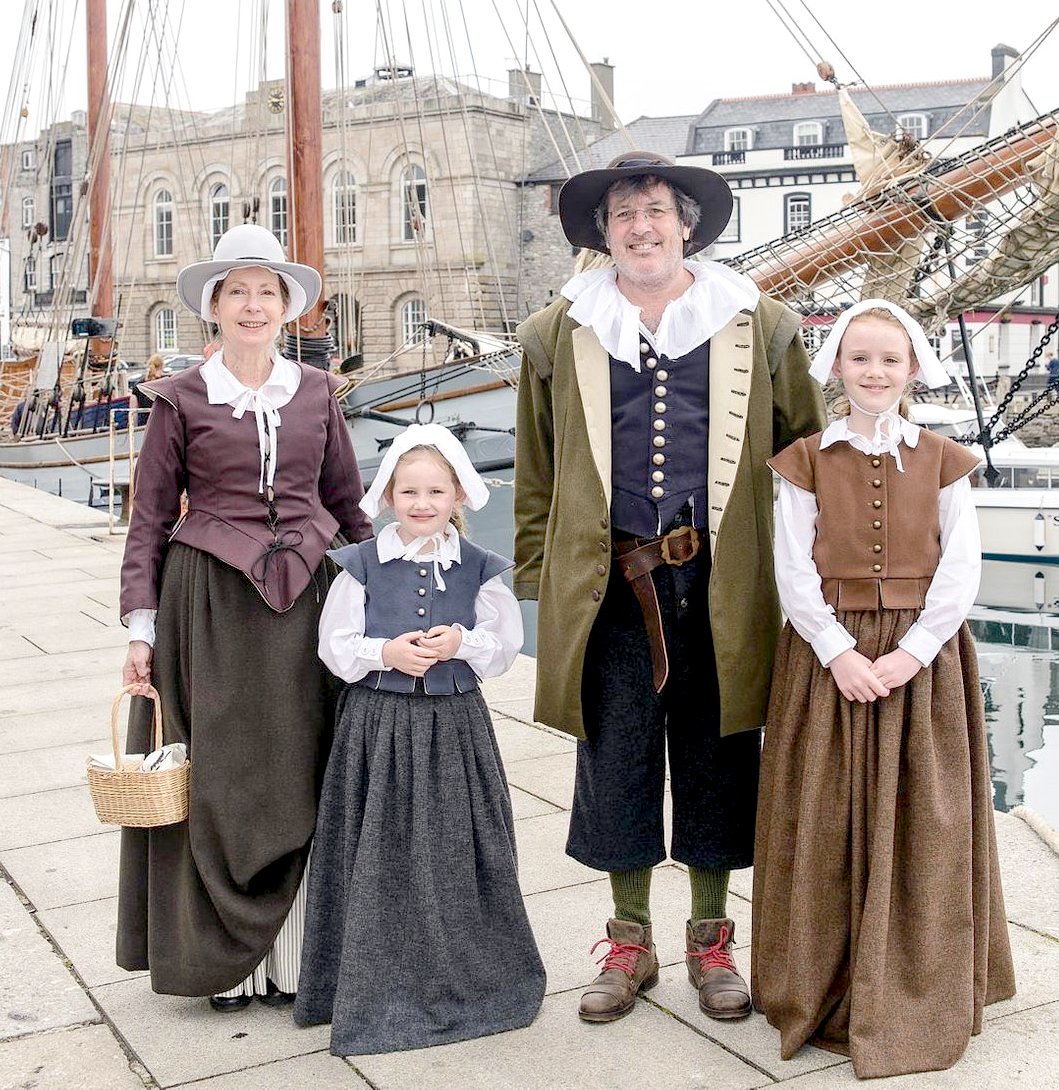|
THANKSGIVING
Please use our A-Z INDEX to navigate this site or return HOME
|
|
SHARING FOOD - “Enemies could sit down together and meet over food.” This painting depicts the first Thanksgiving in November 1621, a celebration of a bumper harvest and acceptance of a different diet in a new land. To the Wampanoag, the celebration is actually a time of mourning, for when the settlers almost wiped out their tribe.
The celebration has religious connotations because these pilgrims sought political asylum to practice their freedom of religion, having been persecuted in England. The right to worship as a basic human entitlement is enshrined in the Universal Declaration of Human Rights, an international convention signed in 1948 by most nations all over the world, following the atrocities in World War Two.
Life was hard in the new land. The winter was severe and many of the passengers remained aboard the Mayflower. The ship became a sanctuary for the sick and those who were dying. Many of them died of a combination of contagious diseases. By the end of the first winter, less than half of the crew and passengers were alive. The colony feared they would be attacked by the Native Americans, but the Wampanoag came to their rescue. In return, the settlers almost wiped out the hands that fed them, following resistance to forceful preaching, that tended to supplant native traditions and beliefs.
The Thanksgiving of 1565 was celebrated in what is now St. Augustine, Florida.
In the earlier tradition, the Spanish colonizers who hosted it were Catholic, and they gave thanks to God, as Catholics do, for their safe passage and arrival in the New World.
In 1789, George Washington declared a day of thanksgiving to acknowledge “the providence of Almighty God, to obey his will, to be grateful for his benefits, and humbly to implore his protection and favor.” Washington set the day aside for Americans to give thanks for their newly established government, but most of all, to render unto God “sincere and humble thanks — for his kind care and protection.”
SETTLEMENT - The Pilgrims built thatched cottages, somewhat influenced by the Long Houses of the Wapanoag.
TURKEY - A traditional dish served with pumpkins, corn and other trimmings at Thanksgiving is also the menu mostly associated with Christmas, a month later in December. Another religion based ceremony, involving the partaking of game birds.
THE
BOAT THAT STARTED IT ALL
On 16 September 1620, the Mayflower set sail with approximately 30 crew and 102 passengers on board, the Speedwell having been declared un-seaworthy. Almost half of them were Separatists, or “Saints”. They had chosen this name to emphasize the fact that they were part of a specific group with particular views. All others were referred to as “Strangers”, as this is how the Saints regarded anyone who was not part of their group, and did not understand their faith. The 'Strangers' were a group of skilled workers who were sent along by the investors to help build the colony.
The original wooden 30-meter Mayflower took 66 days to carry the Pilgrims, Founding Fathers from the U.K. to what is now the U.S.
LINKS, CONTACTS & REFERENCE
https://
|
|
|
Please use our A-Z INDEX to navigate this site
This website is Copyright © 2021 Jameson Hunter Ltd
|






